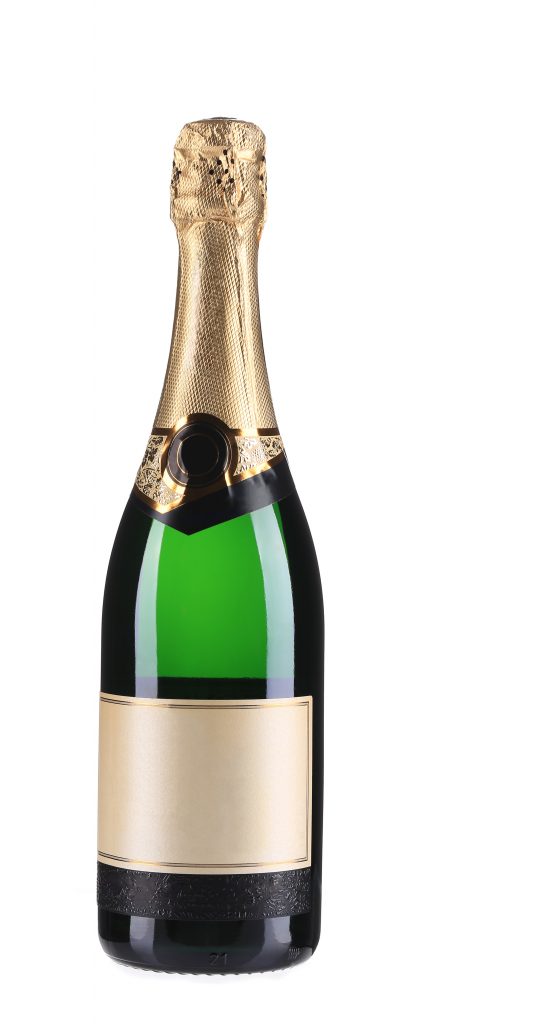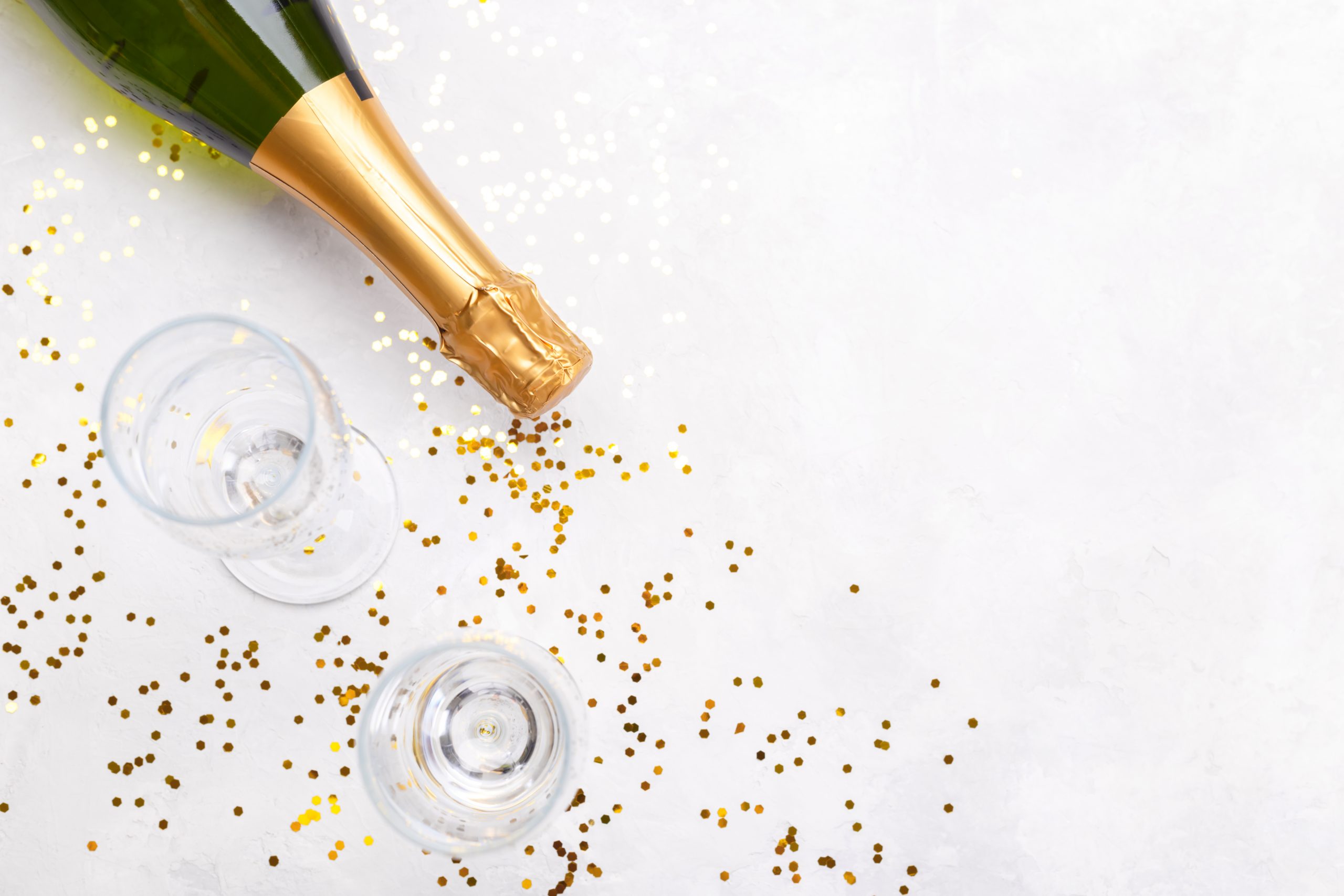The glass bottle, as we know it today, sees the light towards the III century after Christ, when in Syria, it began to be discovered i secrets of "puff" processing, classic for obtaining bottles by blowing into the molten glass.
This innovative practice began to spread around the XNUMXth century, after its production was perfected and made cheap and feasible.
The sparkling wine bottles
The bottles used for the packaging of sparkling wines are very different from those used to bottle white or red wines.
The first and obvious differences are the thickness and the bottom.

This type of bottle is called slob, from the term Champagne, is a bottle with a design capable of solving problems related to internal pressure.
The sciampagnotta is not the result of chance, but of a careful study aimed at keeping the wine in the best conditions and avoiding breakage due to the internal pressure that each sparkling wine exerts on the bottle, especially during transport, when the movements increase this pressure.
Lo the thickness of the glass is therefore greater because it must resist the internal pressure of the carbon dioxide contained in the wine.
The glass must therefore withstand pressures between 3,5 and 6 atmospheres.
Il bottom has the characteristic conical shape facing inwards, as it is the weakest part of the bottle, especially at the junction point between the vertical and horizontal glass.
This particular shape thus distributes the pressure in order to discharge it better and without major consequences for the delicate points.
The various sizes of sparkling wine bottles
Unlike Champagnes, which have 16 different bottle sizes, the rest of the world, and especially Italy, uses only three different sizes for the bottles, half, 375 ml, the classic bottle, of 750 ml and the Magnum, one and a half liters.
Curiously, even for the production of Champagne, these are the only bottles used for the refermentation in the bottle.
For the other sizes, both for sparkling wine and champagne, the autoclave technology is used, especially for the large sizes, given the clear difficulty in making remuage, that is the phase where lo cellar master turns personally the bottles to bring the deposits towards the neck of the bottle, where they will be subsequently eliminated.
The green color that characterizes almost all the bottles, serves to protect the wine of light, particularly harmful for sparkling wines and red wines.
Source: https://www.vinook.it/



